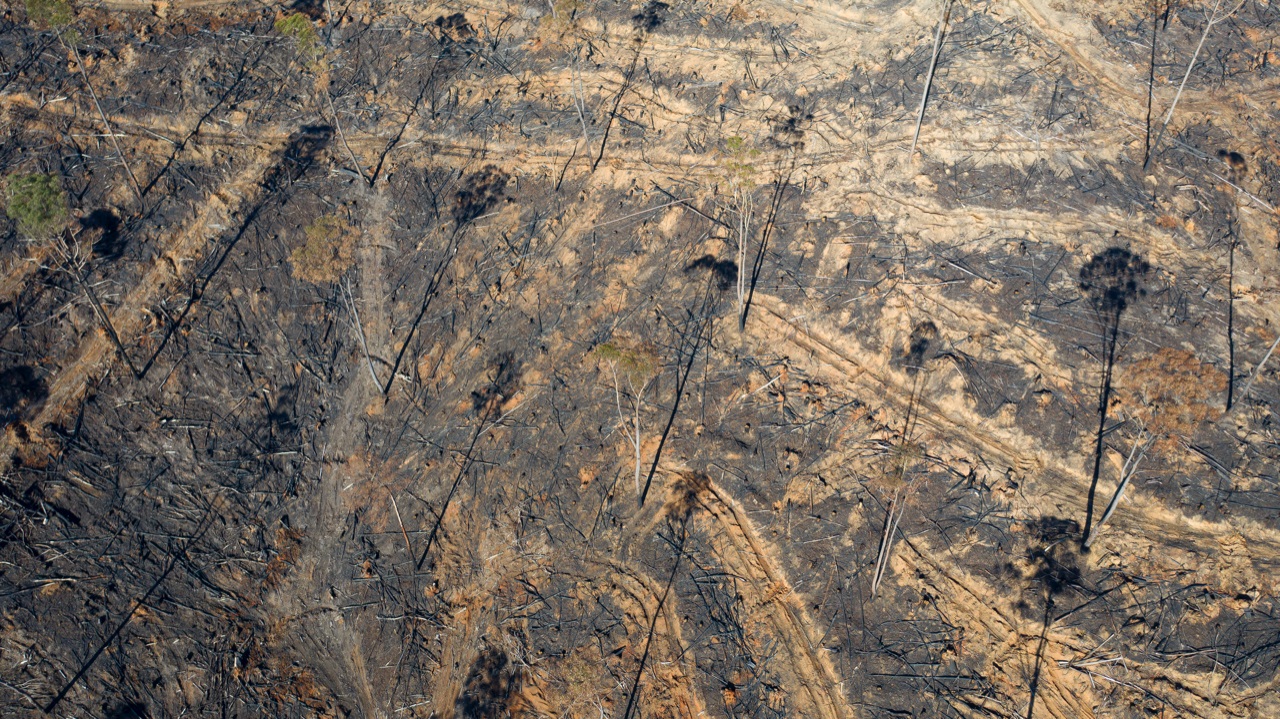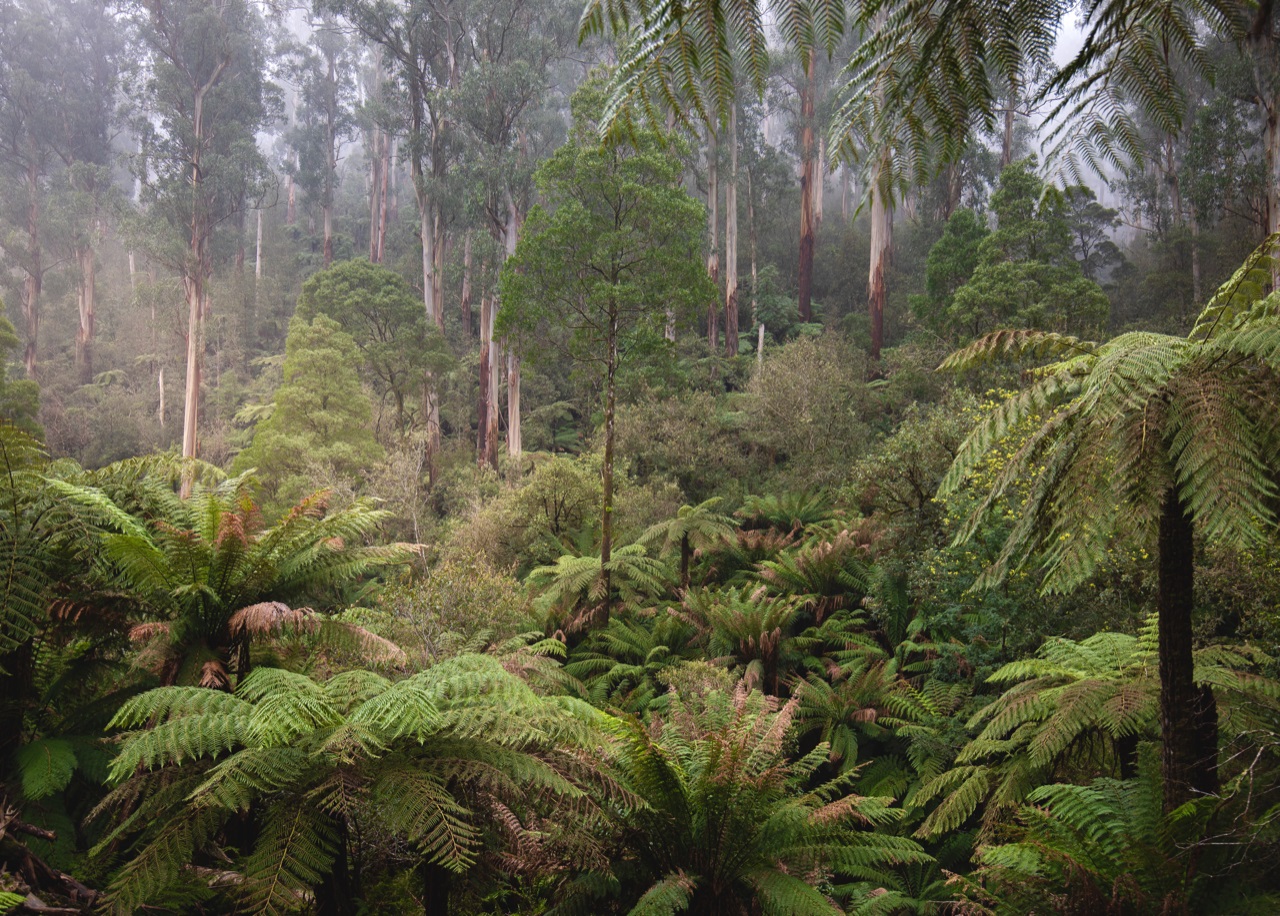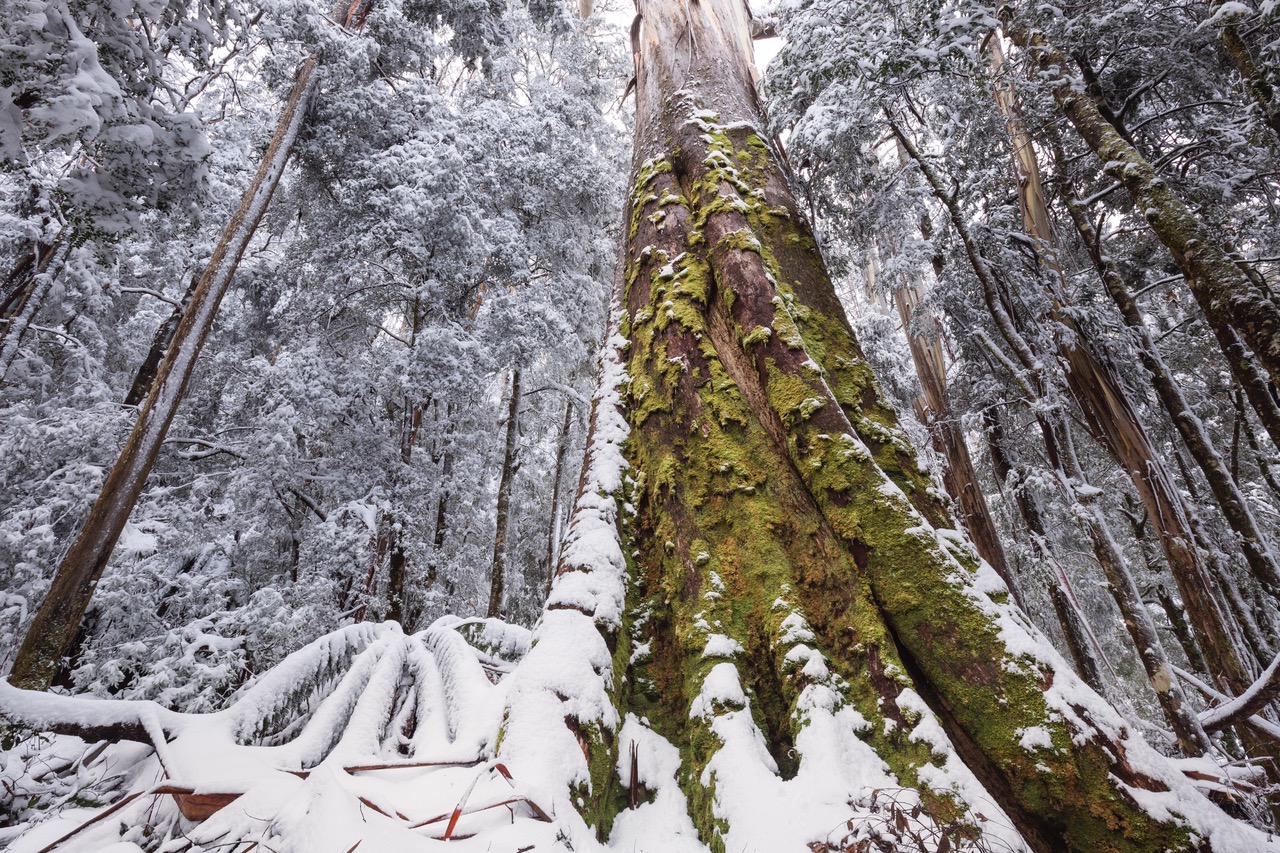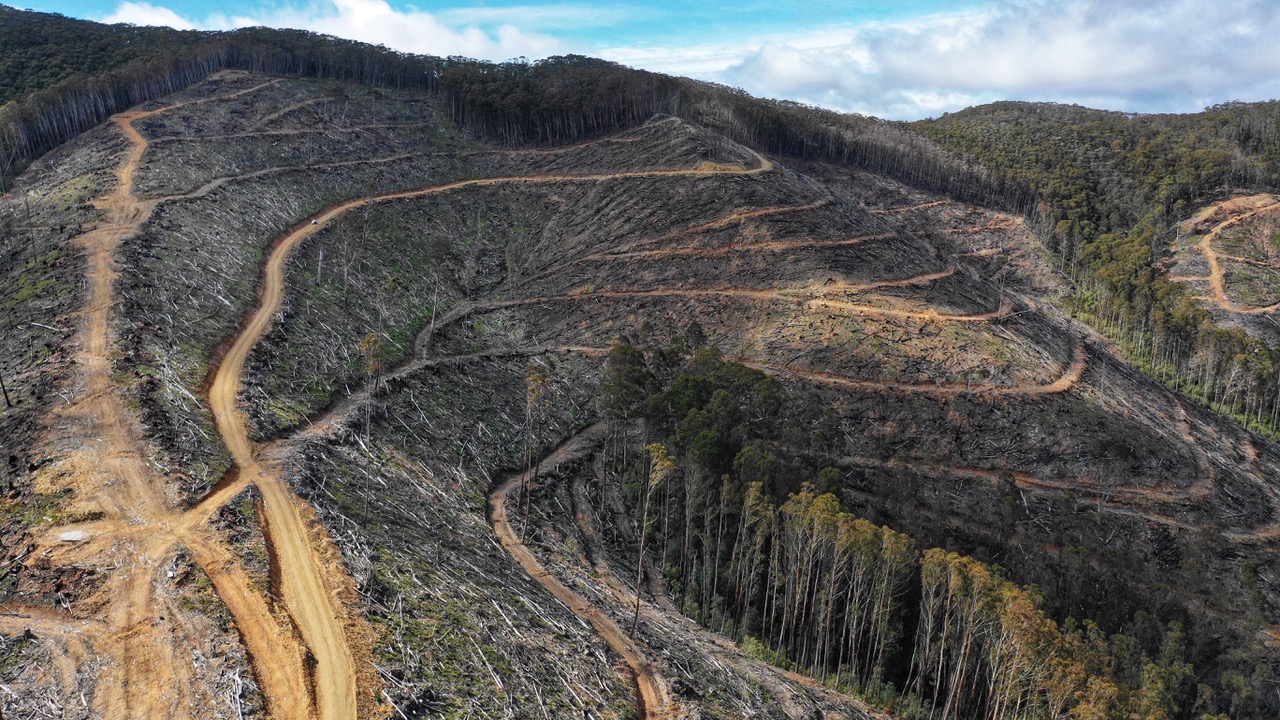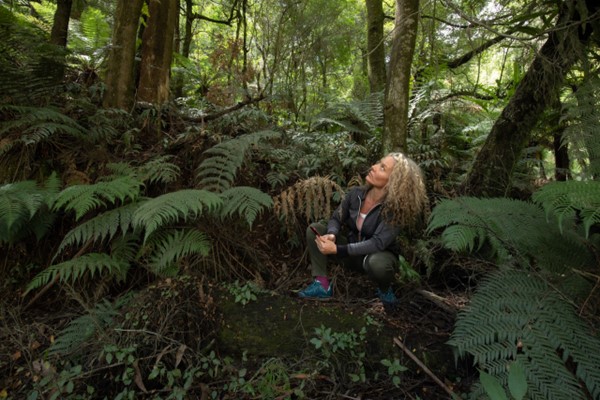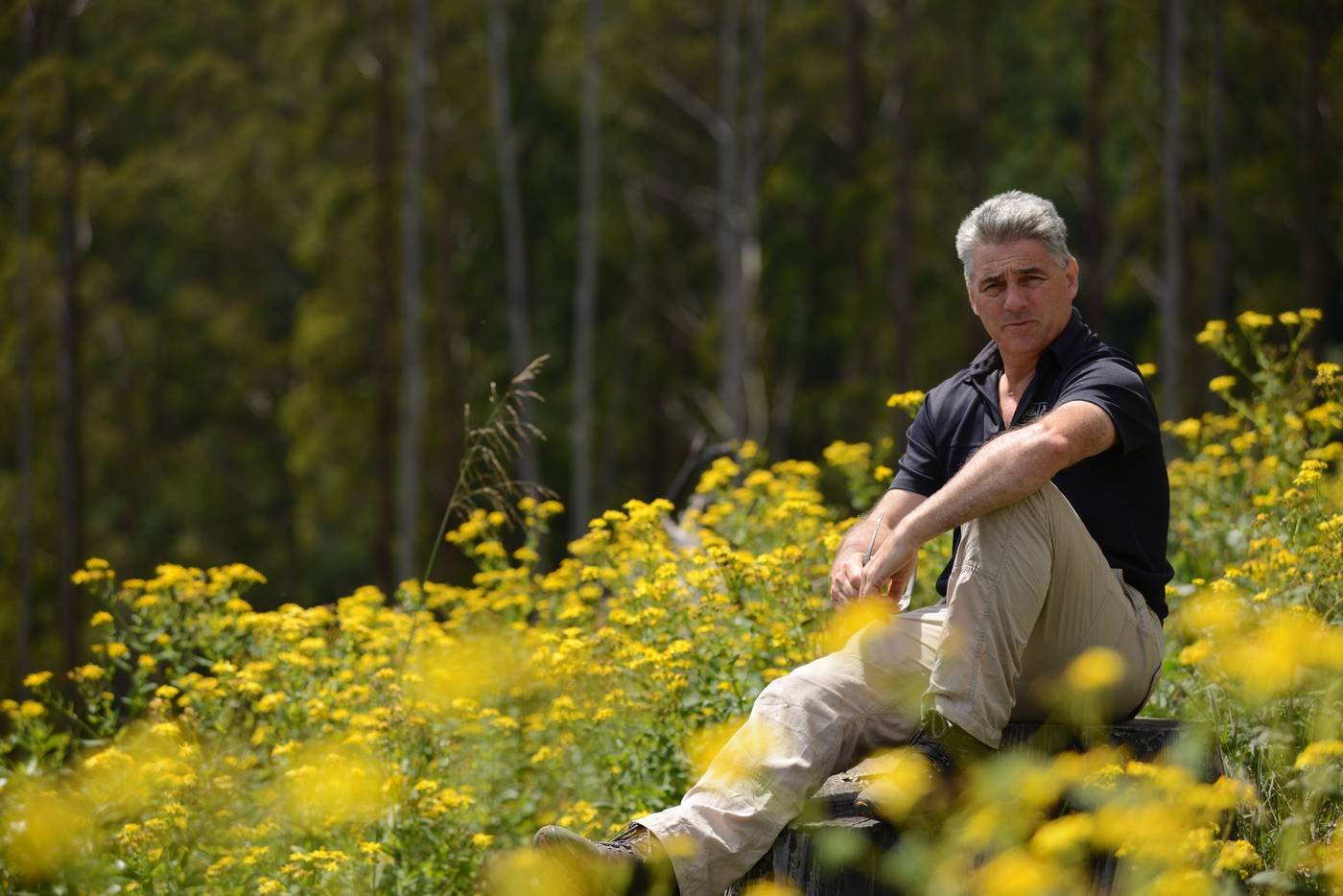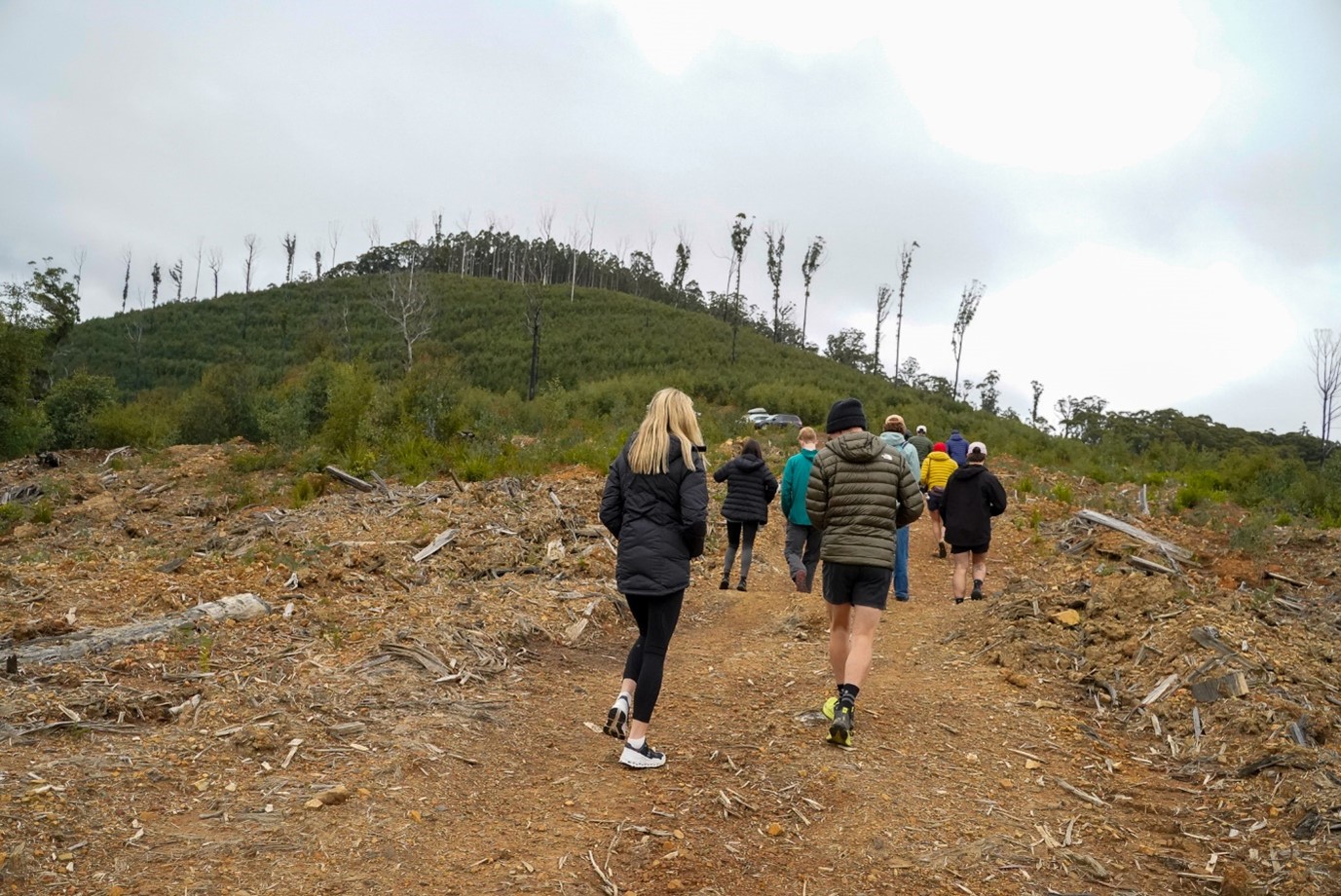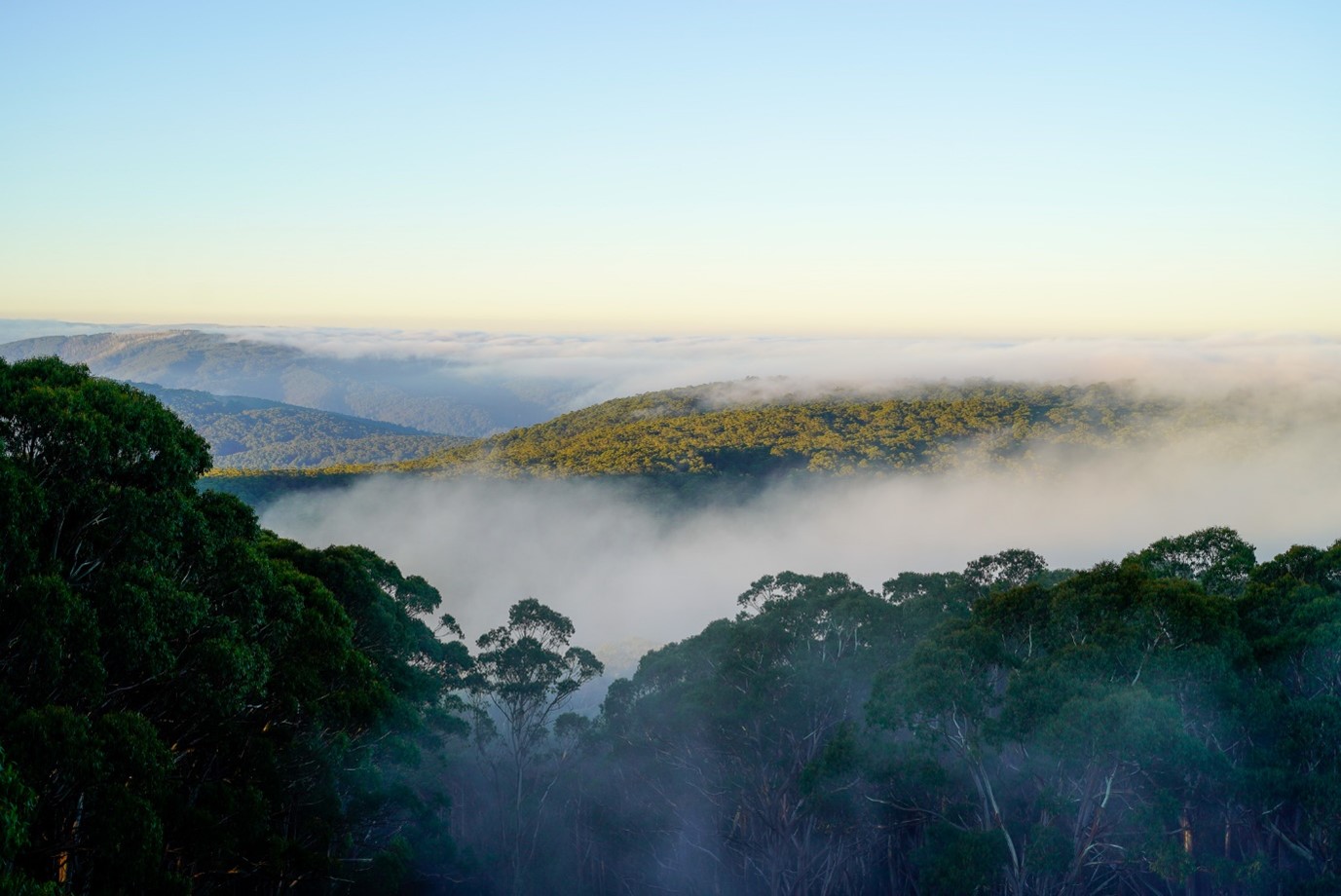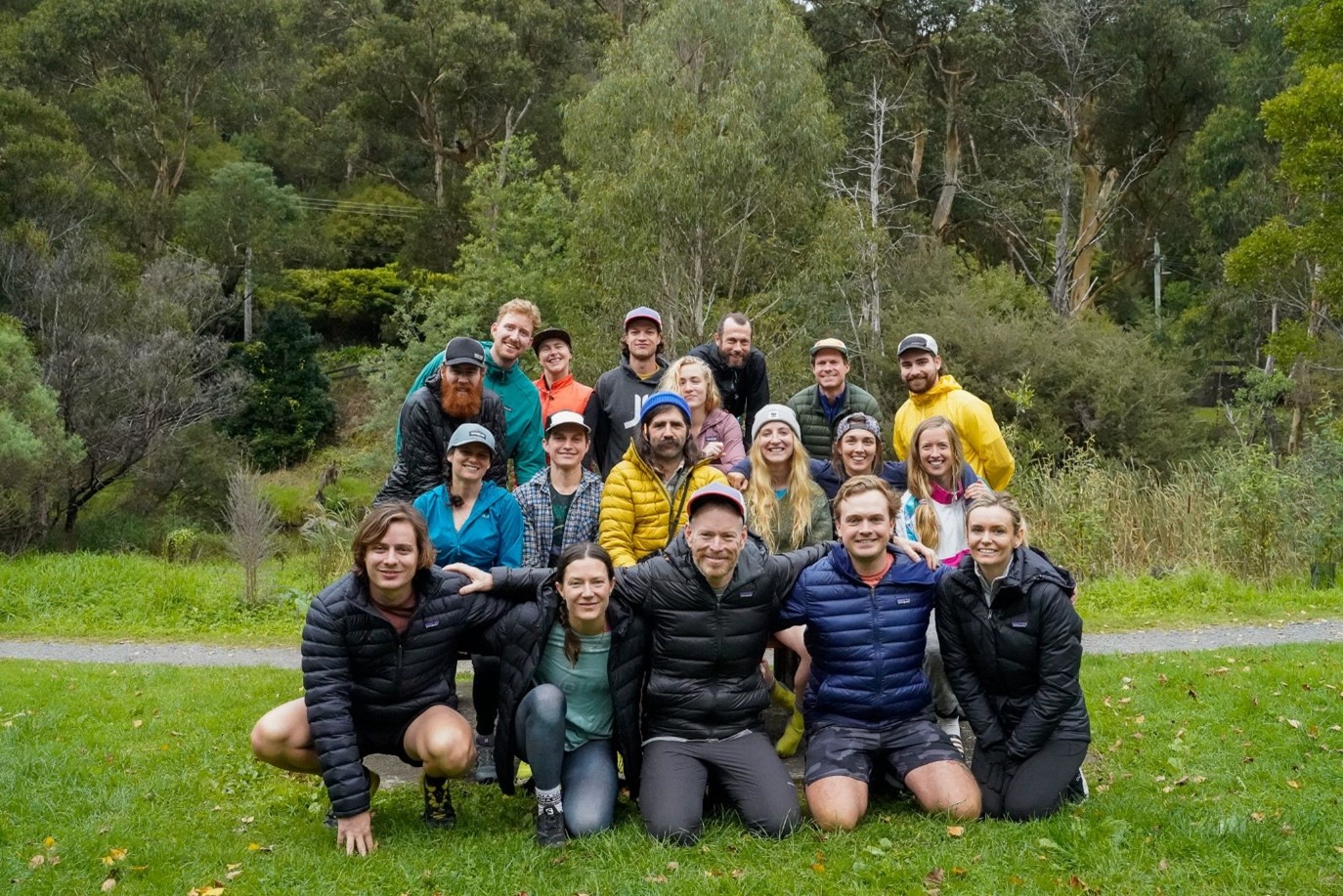How do we proceed from here?
1 – Invest in forest restoration, informed and co-managed by First Nations land management practices.
The logging may be soon over, but the restoration effort is vast and only just beginning. Over the course of several decades, crucial habitats such as large old trees, which provide vital nesting hollows, have become increasingly scarce. Significant areas of what was once dense temperate rainforest have not been restored adequately and are now dominated by scrub, wattles and other trees which are unsuitable food sources for koalas and greater gliders. The restoration bill will run into the billions.
The good news is that the world is increasingly recognising the importance of preserving and restoring vital ecosystems like Victoria’s forest highlands. Following the recent COP15 negotiations in Montreal, there is growing global momentum to stop and reverse the loss of biodiversity by 2030. While nascent, Australia’s emerging environmental and biodiversity markets present opportunities to generate and channel much needed investment for this restoration. However, it’s critical that this process is managed well, informed, and led by the people who know the land best. Local Traditional Owners have strong aspirations to reintroduce cultural burning in Victoria’s natural landscapes. This traditional practice, which helps to generate patchy habitats preferred by small animals and prevents lightning and wildfires from consuming the land, will help to heal country and simultaneously bring community together in this collective pursuit.
2 – Swiftly implement legal protection measures through the formal establishment of a Great Forest National Park
Nature positive commitments and the promise of environmental markets alone will not be enough to ensure the protection of Victoria’s old growth forests. Legal protection in the form of a national park is essential. Without the legal safeguards provided by a national park designation, Victoria’s old growth forests would remain vulnerable to various threats such as logging, habitat destruction, and unsustainable land use practices. Establishing a national park will not only secure the ecological integrity of these forests but also demonstrate a firm commitment to their protection, ensuring that they are managed sustainably and enjoyed responsibly by both present and future generations.
Fortunately, due to the tireless efforts of local activists and scientists, significant progress has already been made in mapping and socialising a proposed national park for the region. Supported by the world’s biggest names in conservation, including Sir David Attenborough and Dr. Jane Goodall, the Great Forest National Park proposes an additional 355,000 hectares of protected forests to the existing 170,000 hectares of parks and protected areas in the Central Highlands of Victoria. The region encompasses vital habitats, including the world’s tallest flowering plant, the Mountain Ash, and serves as a refuge for endangered and threatened wildlife, such as the iconic Leadbeater’s possum.
